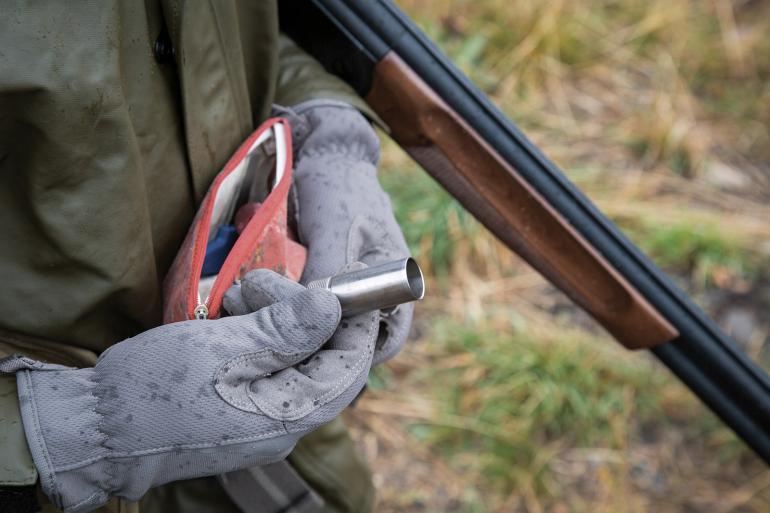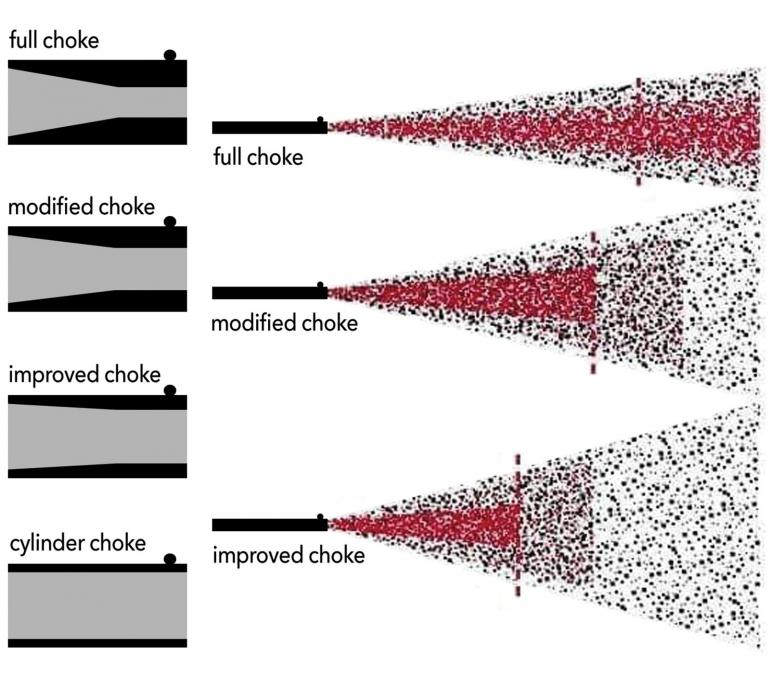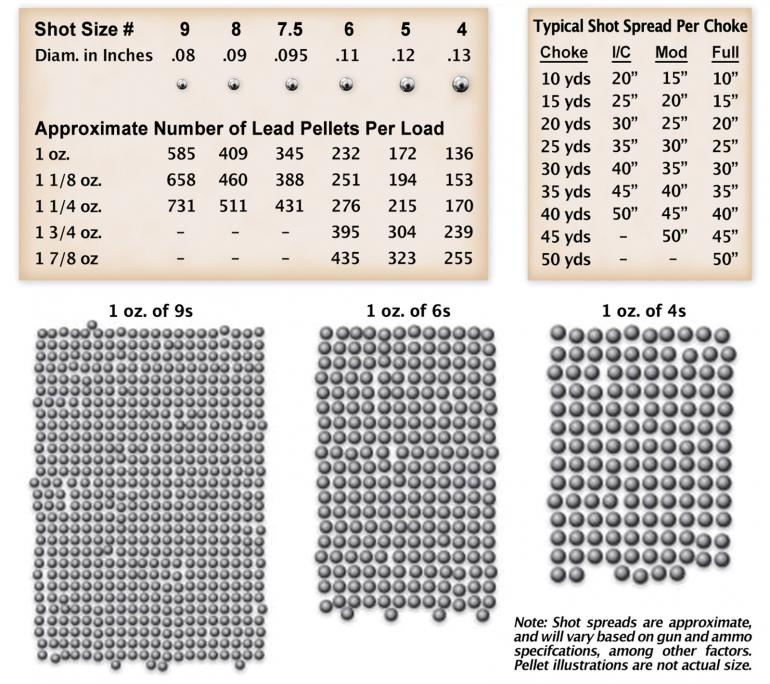Different Chokes
Choosing the right shotgun choke.
Learning to skeet- or wing-shoot is extremely enjoyable, yet challenging at the same time. To maximize accuracy, choke tubes at the end of a shotgun barrel constrict the pattern of the pellets heading downrange. There are four standard choke tubes that you will find at any sporting goods retailer: cylinder, improved cylinder, modified, and full. Each has its own purpose in the field and at the range.
Starting with the largest spread of pellets is cylinder, which isn’t much different from no choke at all. It gives a large spread at a short distance, but the pellets quickly lose energy and density downrange. Use this choke for smaller targets at close range (e.g., rabbits, grouse, clay pigeons under 20 yards). Improved cylinder is the next pattern; it’s slightly more constricted, but is still a fairly open choke. It makes for an ideal pattern on targets in the 20- to 30-yard range, and in scenarios where you need more energy to either break your clay pigeon or harvest the game you’re after (think doves and small upland birds). Next is the modified choke, which is the most versatile and thus most common among shotgunners. It provides more constriction of the pellets downrange, but is not so tight that you miss at a closer range. This choke gives you good energy and pattern at 30 to 40 yards. Its most common uses are for pheasants, and when hunting ducks and geese with decoys. It’s also a very popular choke among skeet and trap shooters. Finally, the full choke gives you the greatest constriction of pellets out of the barrel, making a small pattern at close range, but delivering a more consistent pattern with higher energy at longer distances. Use this choke for shooting at flying geese or ducks, and for turkeys at 20 to 30 yards.
Cody Ristau is on the firearms team at Schnee’s.












